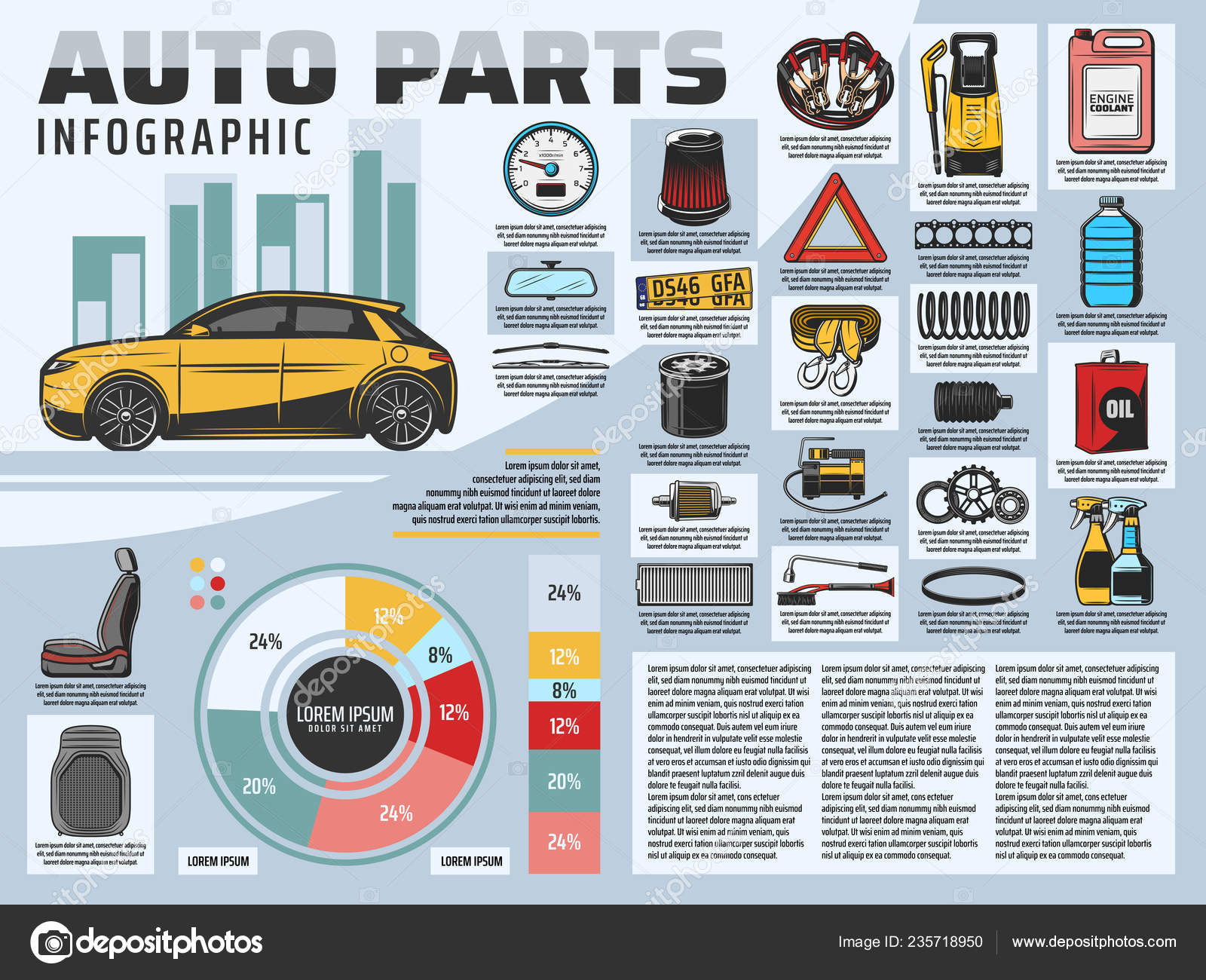A Newbie'S Overview To Recognizing Your Cars And Truck'S Warning Lights
A Newbie'S Overview To Recognizing Your Cars And Truck'S Warning Lights
Blog Article
Published By-Udsen Kruse
When you lag the wheel, those little warning lights on your vehicle's control panel can be quite puzzling. What do they mean, and should you be worried? Comprehending mechanics near me is critical for your vehicle's well-being, yet it does not have to be a daunting job. By translating the enigma behind each light, you'll be equipped to manage potential issues efficiently and keep your cars and truck running efficiently. So, following time a caution light flashes, don't panic - arm yourself with understanding and take control of the scenario.
Significance of Car Warning Lights
Understanding the value of your vehicle's caution lights is vital for keeping your vehicle's health and wellness. These lights act as your vehicle's communication system, informing you to possible issues that could threaten your security when traveling or cause pricey repair services if ignored. By taking note of these warnings, you can attend to troubles early and avoid more damages to your car.
Overlooking alerting lights can lead to significant repercussions, such as engine failing, brake breakdowns, or perhaps mishaps. These lights are developed to alert you of concerns varying from reduced tire stress to engine breakdowns, providing you the chance to do something about it before the situation aggravates. Routinely checking and comprehending these cautions can save you time, money, and guarantee your security while driving.
Along with maintaining you risk-free, reacting immediately to advising lights can also aid lengthen the life expectancy of your auto. By resolving issues at an early stage, you can protect against small troubles from rising into significant repair work, inevitably saving you money and time over time. Remember, your cars and truck's warning lights are there for a factor - do not neglect them!
Common Warning Lights and Meanings
When it pertains to driving your automobile, understanding usual caution lights and their definitions is essential for your safety and security and vehicle upkeep. Below are a couple of usual warning lights you might come across:
1. ** Examine Engine Light **: This light shows an issue with your engine. It could be something minor like a loosened gas cap or something extra major like engine misfiring.
2. ** Battery Light **: This light signals a trouble with your automobile's charging system. It could show a damaged battery, alternator, or various other relevant components.
3. ** Oil Pressure Light **: When this light comes on, it indicates your engine might be running low on oil or experiencing reduced oil stress, which can result in engine damages otherwise resolved quickly.
4. ** Brake System Light **: This light shows a problem with your stopping system. It might mean reduced brake fluid degrees or an issue with the brake system that calls for immediate attention.
Recognizing these typical warning lights will aid you identify possible concerns at an early stage and avoid more considerable issues down the road.
How to Respond to Warning Lighting
In the event that a caution light illuminates on your car's dashboard, it's essential to react immediately and suitably. When a caution light begins, the primary step is to consult your owner's handbook to comprehend the particular issue suggested by the light.
Some lights call for prompt focus, while others might suggest a much less urgent issue. If the caution light is red or blinking, it's usually an indication of a significant trouble that requires prompt action. In such situations, it's advisable to pull over securely, switch off the engine, and seek professional assistance.
For please click the following webpage or orange caution lights, while they might not call for prompt focus, it's still crucial to address the hidden issue quickly to prevent additional damages. Normal maintenance and examination can assist avoid alerting lights from coming on unexpectedly.
Conclusion
To conclude, understanding your vehicle's caution lights is important for maintaining your vehicle's health and wellness. By regularly examining and reacting to these cautions, you can address potential problems early and stop costly fixings or safety dangers. Remember to consult your owner's handbook for information on different warning lights and constantly take instant activity for red or flashing lights. Keep positive and maintain your cars and truck running smoothly!
